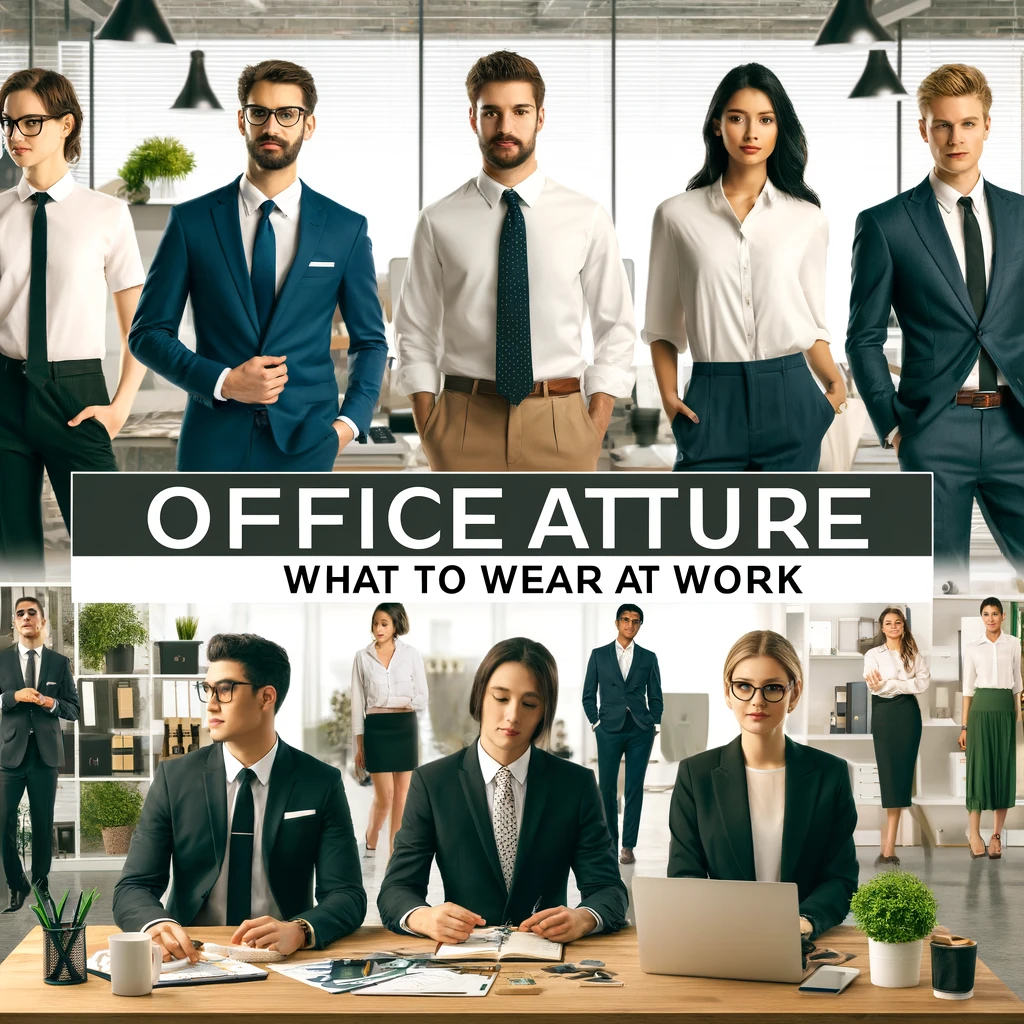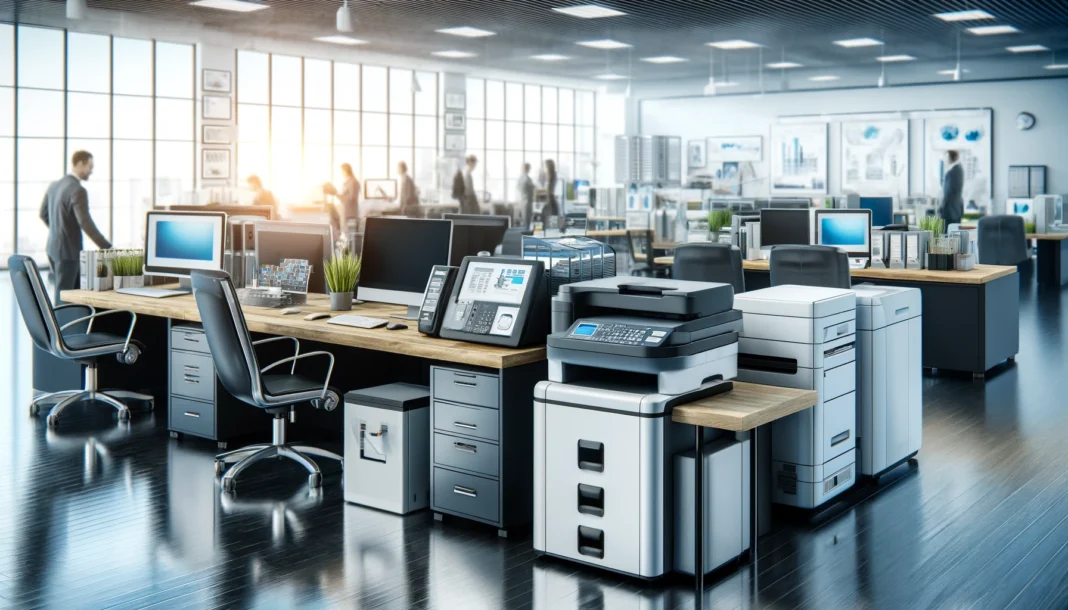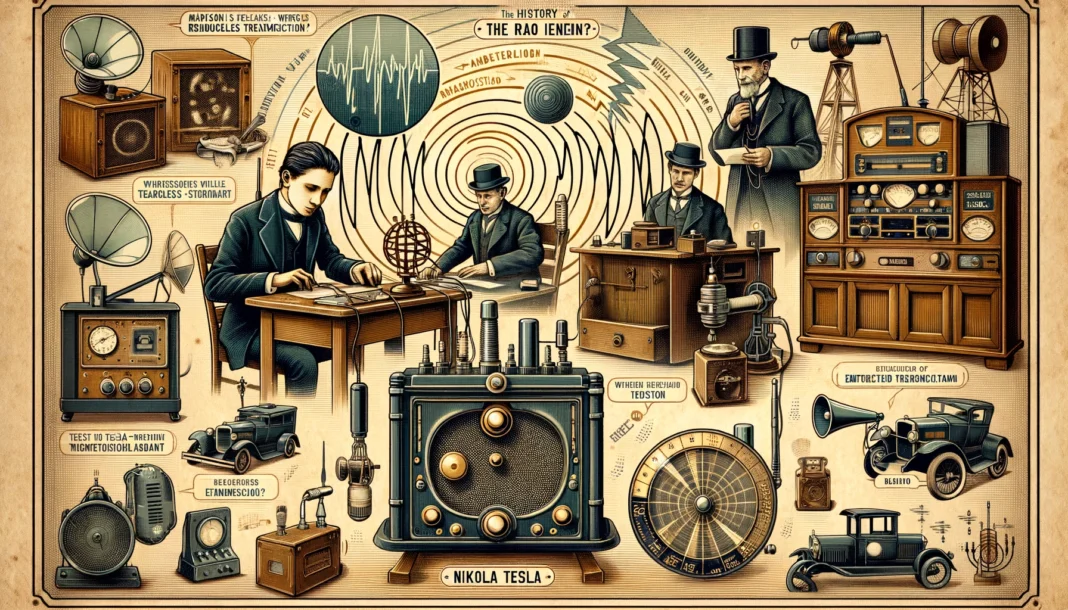When we talk about office attire, we mean the clothes you wear to work. It’s important to know what to wear in the office because it can affect how people see you. Office attire can be tricky, but this guide will help you figure out what to wear and why it matters.
Why Office Attire is Important
What you wear to work can say a lot about you. It can show that you are professional, confident, and ready to work. Wearing the right clothes can also help you fit in with your coworkers and make a good impression on your boss. Here are a few reasons why office attire is important:
- First Impressions: People often judge others based on their appearance. Wearing appropriate office attire can help you make a positive first impression.
- Professionalism: Dressing well shows that you take your job seriously. It can help you be taken more seriously by your colleagues and superiors.
- Confidence: When you look good, you feel good. Wearing the right clothes can boost your confidence and help you perform better at work.
Types of Office Attire
Office attire can be divided into several categories. Here are some common types:
Business Formal
Business formal is the most professional type of office attire. It is often required in law firms, corporate offices, and other high-profile workplaces. Here are some examples of business formal attire:
- Men: Dark suits, white dress shirts, conservative ties, and dress shoes.
- Women: Tailored suits, blouses, knee-length skirts or dress pants, and closed-toe shoes.
Business Casual
Business casual is a step down from business formal. It is still professional but allows for a bit more comfort and style. Many offices have adopted business casual as their dress code. Here are some examples:
- Men: Dress shirts or polo shirts, dress pants or khakis, and loafers or dress shoes.
- Women: Blouses or sweaters, dress pants or skirts, and flats or low heels.
Casual
Casual office attire is the most relaxed type. It is often seen in creative industries or tech companies. While it is more comfortable, it should still be neat and professional. Here are some examples:
- Men: Casual shirts or sweaters, jeans or chinos, and casual shoes.
- Women: Casual tops, jeans or skirts, and comfortable shoes.
How to Choose the Right Office Attire
Choosing the right office attire can depend on several factors. Here are some tips to help you decide what to wear:
Know the Dress Code
Many offices have a dress code policy. This can be found in the employee handbook or by asking your HR department. Make sure to follow the dress code to avoid any issues.
Consider Your Role
Your role in the company can also affect what you should wear. For example, if you are in a client-facing role, you might need to dress more formally. If you work in a more casual environment, you might have more flexibility.You can also read Can I Wear Sneakers for Business Casual?.
Think About Your Day
What you have planned for the day can also influence your outfit. If you have a big meeting or presentation, it might be best to dress up a bit more. If you have a more relaxed day, you might opt for something more comfortable.
Tips for Men: Office Attire
Here are some tips for men on how to dress appropriately for the office:
Suits and Blazers
- Choose a well-fitted suit in a neutral color like black, navy, or gray.
- A blazer can be a versatile addition to your wardrobe. It can be dressed up or down depending on the occasion.
Shirts and Ties
- Stick to classic dress shirts in white or light blue. Avoid bright colors or bold patterns.
- Ties should be conservative in color and pattern. They should complement your shirt and suit.
Pants and Shoes
- Dress pants should be well-fitted and free of wrinkles. Khakis can be a good option for business casual.
- Invest in a good pair of dress shoes. They should be polished and in good condition.
Tips for Women: Office Attire
Here are some tips for women on how to dress appropriately for the office:
Suits and Dresses
- A tailored suit can be a great investment. It should be well-fitted and in a neutral color.
- Dresses should be knee-length and conservative in style. Avoid anything too tight or revealing.
Blouses and Tops
- Choose blouses in neutral colors or simple patterns. Avoid anything too flashy or low-cut.
- Sweaters can be a good option for a business casual look. They should be neat and in good condition.
Pants and Shoes
- Dress pants should be well-fitted and free of wrinkles. Skirts should be knee-length or longer.
- Choose shoes that are comfortable and professional. Low heels or flats are a good option.
Common Mistakes to Avoid
Here are some common mistakes to avoid when it comes to office attire:
Too Casual
Even in a casual office, it is important to look neat and professional. Avoid wearing items like ripped jeans, graphic t-shirts, or flip-flops.
Too Revealing
Your office attire should be conservative. Avoid anything too tight, short, or low-cut. It is important to look professional and respectful.
Poor Fit
Clothes that are too tight or too loose can look unprofessional. Make sure your clothes fit well and are comfortable.
What to Do if You Are Unsure
If you are ever unsure about what to wear, it is always better to err on the side of caution. Here are some tips:
- Ask HR: Your HR department can provide guidance on the dress code.
- Observe Others: Look at what your colleagues are wearing and follow their lead.
- Keep it Simple: When in doubt, stick to classic and conservative pieces.
How to Build a Work Wardrobe
Building a work wardrobe can take time, but it is worth the investment. Here are some tips:
Start with Basics
Start with a few basic pieces that can be mixed and matched. Here are some essentials:
- Men: A few suits, dress shirts, ties, dress pants, and dress shoes.
- Women: A few suits, blouses, dresses, dress pants, skirts, and professional shoes.
Add Versatile Pieces
Add pieces that can be dressed up or down. This can help you create a variety of looks with a few items.
Invest in Quality
Quality pieces can be more expensive, but they will last longer and look better. Invest in good quality basics and add trendy items as needed.
How to Care for Your Office Attire
Taking care of your office attire can help it last longer and look better. Here are some tips:
Washing and Drying
Follow the care instructions on your clothes. Some items may need to be dry cleaned, while others can be machine washed.
Ironing and Steaming
Iron or steam your clothes to remove wrinkles. This can help you look neat and professional.
Storing
Store your clothes properly to keep them in good condition. Hang suits and dresses, and fold sweaters and casual tops.
Office Attire for Different Seasons
Your office attire may need to change with the seasons. Here are some tips:
Summer
In the summer, opt for lighter fabrics and colors. Avoid anything too heavy or dark. Here are some ideas:
- Men: Lightweight suits, short-sleeve dress shirts, and loafers.
- Women: Lightweight dresses, skirts, and blouses.
Winter
In the winter, choose warmer fabrics and layers. Here are some ideas:
- Men: Wool suits, sweaters, and dress boots.
- Women: Wool skirts, dresses, and tights.
Office Attire and Cultural Differences
Office attire can vary by culture. Here are some tips for navigating cultural differences:
Research
Research the dress code in the country or company you are working in. This can help you avoid any cultural faux pas.
Be Respectful
Be respectful of cultural differences. If you are unsure, it is always better to dress more conservatively.
The Future of Office Attire
Office attire is constantly evolving. Here are some trends to watch for:
Casualization
Many offices are moving towards more casual dress codes. This can provide more comfort and flexibility for employees.
Sustainability
Sustainable fashion is becoming more popular. Look for eco-friendly fabrics and brands that prioritize ethical production.
Inclusivity
Inclusivity in fashion is also on the rise. This means more options for different body types, genders, and abilities.
Conclusion
Office attire is an important part of professional life. It can help you make a good impression, show your professionalism, and boost your confidence. By understanding the different types of office attire and how to choose the right pieces, you can build a work wardrobe that works for you. Remember to always follow the dress code, consider your role, and dress for your day. With these tips, you’ll be well on your way to looking and feeling your best at work.



